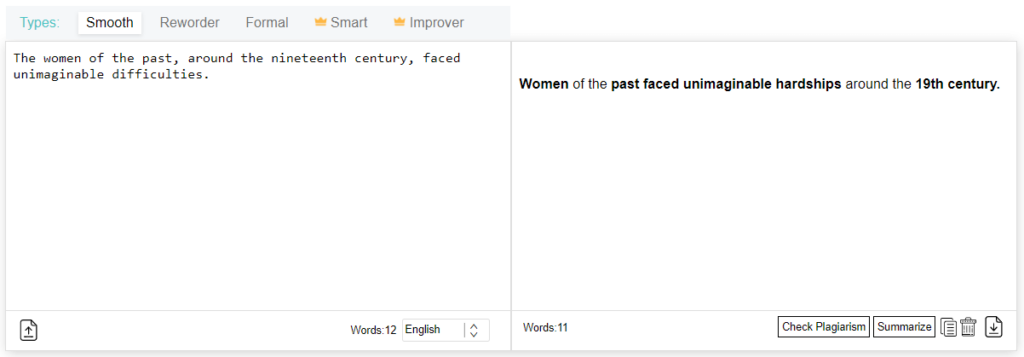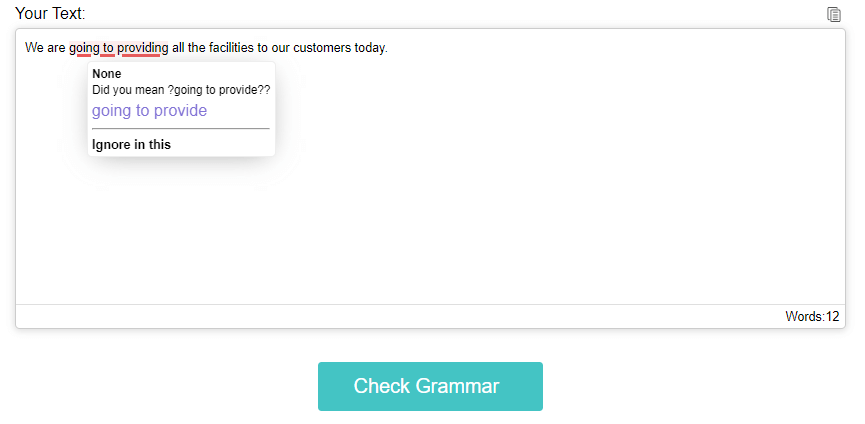
Suppose you are a student and want to get good grades in writing. The best way is to look for good tips that you can apply when it comes to your writing assignments. While it can be a little tough in the beginning, there are some approaches and tips that you can apply to make things quicker and easier for yourself.
Knowing some valuable tips is essential before tackling an assignment. Students who are ill-prepared experience some common worries such as the fear of complex assignments. Such fear can cripple their potential and lead to lower grades. That is why it’s good to have the information to face all such worries and write perfect assignments for class work.
So, if you are continuously getting lower marks and want to improve your grades then the best way out is to gain hands-on writing skills. If you are worried about improving your writing skills, then worry not. This is the best place to learn writing tips.
1. Establish a Routine for Writing Assignments

It’s better to make a daily routine of writing practice. If you work on your writing style daily, you can make the perfect assignments every day. But before you start, it’s necessary to read the requirements and understand what kind of writing style is more suitable before writing your draft.
Practice is necessary, but it only helps if you do it regularly. To help you manage your time and keep a consistent schedule, you should try and use planners or some other kind of tool. Utilizing your time efficiently will help you to create an amazing assignment.
When it comes to creating a writing practice routine, here are some things that you can keep in mind:
a. First, decide the type of content that you want to write. Are you going to be practicing fiction or non-fiction? Essays or stories? And the list goes on. Of course, you shouldn’t restrict your practices to a certain type, but considering that we’re talking about assignment writing, you have to practice something that can aid you in it.
b. Next, you can try setting daily milestones like a word count limit or the amount of time you are going to spare for the writing practice. Create a list of a few achievable goals and try your best to complete them.
2. Brainstorm and Research Your Topic
Research is the central part of every assignment. Before you start writing, you should ensure that you have gathered the necessary information relating to the issue.
Going through most of the available resources will help ensure you understand your topic in depth. Gather the information from different websites, books, and academic sources. Brainstorm the ideas and decide which angle you want to approach from.
Some sources that you can take help from when researching your topic include:
2. Quora
3. JSTOR
4. ResearchGate
And the like.
You can start by making a list of ideas or main points related to your topic. These points can be formulated through your creative thinking or from online research. One way of doing so is to write a headline about your topic and write down everything relevant to that topic that comes to mind.
Once you have your ideas in written form, you can analyze all of them separately and decide which ones are going to fit in your target content and which can be crossed out.
3. Develop an Outline
After the detailed research, work on the outline. An outline is necessary before starting any topic. The outline helps to make the perfect assignment by organizing all the research ideas and ensuring that your work covers all the crucial points.
An outline can be created by understanding the statement of your content. Proper research and brainstorming ideas, as explained in the previous section, will help you construct an outline. This outline should be numbered in a specific order to organize your content.
For example, if you are writing about a historical figure, these main points can be a part of your outline,
- Time and place of birth
- Childhood events
- Their aims and ambitions
- Memorable achievements
- Death
As you can see, the outline follows a timeline starting from the person to birth and ending at their death.
The organized outline will help to make the assignment better because it provides a flow and structure to your assignment. Flow and structure are important because they enhance the quality of the assignment and will help you score better grades.
4. Create a Draft

After the outline and the research work, start writing the article. The information must be organized to write a complete draft. The draft shows the article in shape and organized form.
When writing your first draft, just focus on getting the words out first. You do not need to care about their readability or their flow. Factors such as vocabulary and grammatical correctness don’t matter when creating a draft. You should only focus on letting out whatever is on your mind regarding the content that you are writing.
The first drafts of any written work are always really bad. They are more like rough sketches of your ideas. The actual polish comes later from the editing.
5. Check Your Work for Plagiarism
So, after you have written a draft, you need to check your work for plagiarism. Plagiarized assignments are automatically awarded a zero or a failing grade. This is really bad for the student.
Unfortunately, students are quite prone to plagiarizing stuff without knowing. So they can fail their assignments. That’s why it is important to check for plagiarism. The easiest way to do that is to utilize an online plagiarism checker.
Online plagiarism checkers can quickly scan your work and compare it against myriads of online sources in a matter of seconds. Then they generate a report that highlights all plagiarized parts, which enables you to remove or edit them. They also provide links to the original sources so you can cite them.
A plagiarism checker shows results in the following way,

6. Vary Your Sentence Structure
The sentence structure of your assignment is very important. Poorly worded sentences with complex structures do not make for a nice read. They can put off your reader (your teacher), and that can result in poor grades.
So, you should keep your audience in mind and vary your sentence structure to keep things interesting and engaging. Modifying the arrangement of sentence components is included in the editing part of creating an assignment.
A few online tools are available for this function. They can rephrase your content by changing a few elements of the sentences used in that content.
An online paraphraser can identify and restructure sentences that are confusing to make them easier to read. They can do it in just a few seconds, so that you will save a lot of time during this phase of assignment writing.
This is how a paraphrasing tool rephrased a sentence for us.

This tool has substantially improved the readability of our phrase by rewording and reshuffling parts of the sentence.
7. Use Examples to Support Your Ideas

You can go for simple examples to support your ideas. The support examples include real-time examples from different sources. The sources include all the information, facts, and evidence that you need to make your case.
This is where your prior research will come in handy, as you will be able to find plenty of data and evidence to support your claims. You can use these works as examples, and that really adds to the quality of your assignment. Of course, do not forget to cite them. Otherwise, your assignment will be considered plagiarized.
For instance, when writing about a scientific organism, you can look up studies related to that organism and find some interesting statistics or facts. You can add these facts to your assignment to add to the quality of your work or make your content look authoritative.
8. Check for Grammar Errors
It’s good to check all the grammar errors present in the assignment. The grammar errors must be removed from the assignment; otherwise, it will give a rough look at your assignment and make it difficult to read. The professors want a grammar-free assignment so that they can understand what you wrote.
Grammar errors can be a real headache. To help deal with the issue, software tools are available to detect and address grammar mistakes. Such tools can be invaluable for finding mistakes that would otherwise go unnoticed, thus making sure your writing is both accurate and professional-looking.
Here is an example of how a grammar-checking tool points out mistakes.

The grammatical mistake has been detected by the tool, and a suitable replacement has been suggested. You can either click on the replacement to add it to our work or click on the “ignore this” button if you feel the suggestion is incorrect (which is not the case in our example).
9. Cite Sources Properly
Try to use the proper citation for the assignment. Make sure to follow the reference style that is mentioned in the assignment.
Typically, a university uses a single format of citations and references. This format is available on the university website and can be accessed for free. However, sometimes, professors may demand a specific style for their assignments. So be sure to check these requirements and cite all your sources accordingly.
How to Cite a Source Correctly
You have to make sure that the correct webpage is linked to your reference. You have to rid your work of any misleading citations because they won’t be accepted by your superior. Let’s suppose you used a reference from a website that says, “In a survey, 95% of students admitted to cheating.” This is how you should cite the
10. Fact-Check Your Work Before Submission

Proofread the assignment completely before submission. We have already done most of the proofreading procedures by this point such as improving sentence structure, citations, and grammar.
Now only one final thing remains and that is to fact-check your assignment. Typically, this step is unnecessary, but it is possible that you misrepresented some information accidentally. That’s why you should check any claims you have made and compare them with your notes to see if they are correctly portrayed or not.
Conclusion
In conclusion, writing assignments must be challenging. Using the right approach and a few simple tips is important to produce great work for higher top grades. You can get better feedback by following the ten awesome tips for students to write good assignments.































































